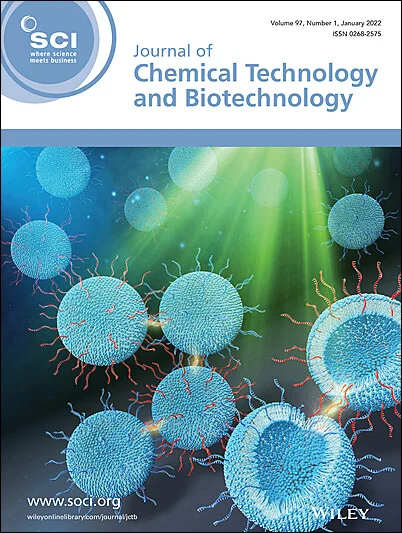Impact of intermittent power supply on electrokinetic remediation of chromium-contaminated soil
Abstract
BACKGROUND
This study investigates the effectiveness of electrokinetic remediation (EKR) with an intermittent power supply on soil contaminated with varying concentrations of chromium (Cr). Two soil types, designated as Soil A and Soil B, were analyzed to assess the impact of different remediation strategies.
RESULTS
Soil A, characterized by lower total Cr levels (1137 mg/kg), exhibited Cr (VI) removal rates exceeding 85%, peaking at 90.79% during the EK1 treatment (20 h on/4 h off). In contrast, Soil B, with significantly higher total Cr concentrations (6639 mg/kg), demonstrated a maximum Cr (VI) removal rate of approximately 80%. The study evaluated the influence of current, soil pH, and the three-dimensional distribution of total Cr, Cr (VI), and Cr (III). Energy consumption increased with longer power-off durations, while Soil B benefited from reduced energy usage and achieved nearly 10% higher Cr (VI) removal efficiency under specific conditions.
CONCLUSION
The findings demonstrate that EKR with intermittent power supply is an effective and energy-efficient approach for remediating Cr-contaminated soils, particularly when tailored to the specific characteristics of the contaminated soil types. © 2024 Society of Chemical Industry (SCI).

 求助内容:
求助内容: 应助结果提醒方式:
应助结果提醒方式:


